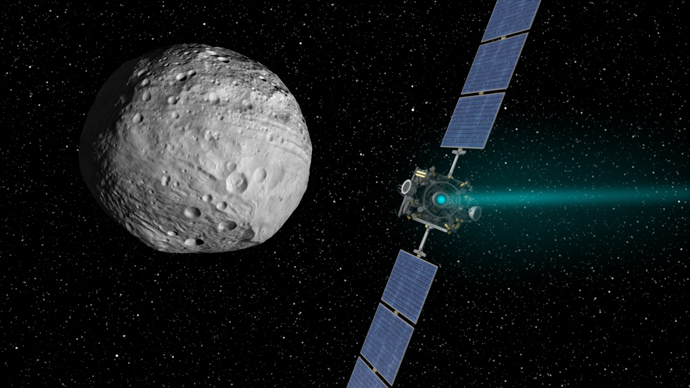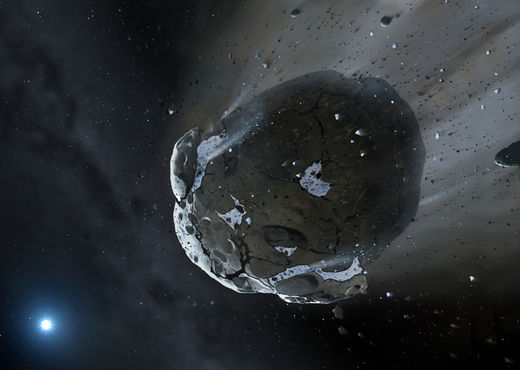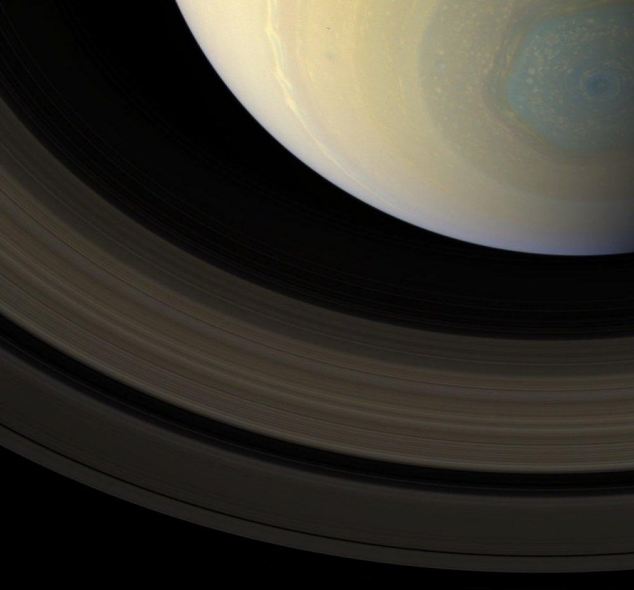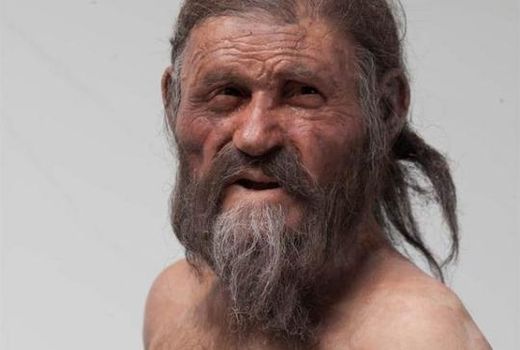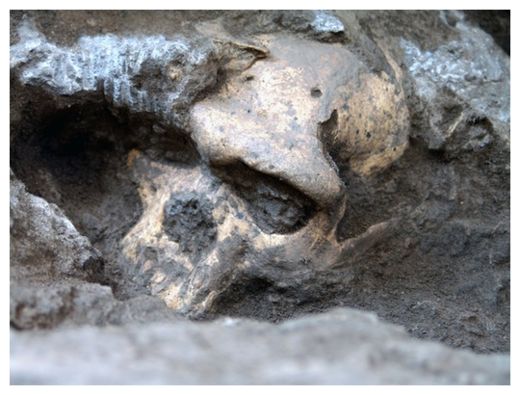
© Georgian National MuseumThe 1.8-million-year-old skull unearthed in Dmanisi, Georgia, suggests the earliest members of the Homo genus belonged to the same species, say scientists in a paper published Oct. 18, 2013 in the journal Science.
The earliest, now-extinct human lineages, once thought to be multiple species, may actually have been one species, researchers now controversially suggest.
Modern humans,
Homo sapiens, are the only living member of the human lineage,
Homo, which is thought to have arisen in Africa about 2 million years ago at the beginning of the ice age, also referred to as the
Pleistocene Epoch. Many extinct human species were thought to once roam the Earth, such as
Homo habilis, suspected to be among the first stone-tool makers; the relatively larger-brained
Homo rudolfensis; the relatively slender
Homo ergaster; and
Homo erectus, the first to regularly keep tools it made.
To learn more about the roots of the
human family tree, scientists investigated a completely intact, approximately 1.8-million-year-old skull excavated from the medieval hilltop town of Dmanisi in the Republic of Georgia. Archaeological excavations there about 30 years ago unexpectedly revealed that Dmanisi is one of the oldest-known sites for ancient human species out of Africa and the most complete collection of
Homo erectus skulls and jaws found so far. The
world's largest, extinct cheetah species once lived in the area, and scientists cannot rule out whether it fed on these early humans.
This fossil, the most massively built skull ever found at Dmanisi, is the best-preserved fossil of an early human species discovered yet. It probably belonged to a male, and its right cheekbone has signs that it healed from a fracture.
"We can only guess how the fracture was inflicted on the individual - it could be that it had an argument with another member of the group it lived in, or it could be that it fell down," study co-author Christoph Zollikofer, a neurobiologist at the Anthropological Institute and Museum in Zurich, Switzerland, told LiveScience.


